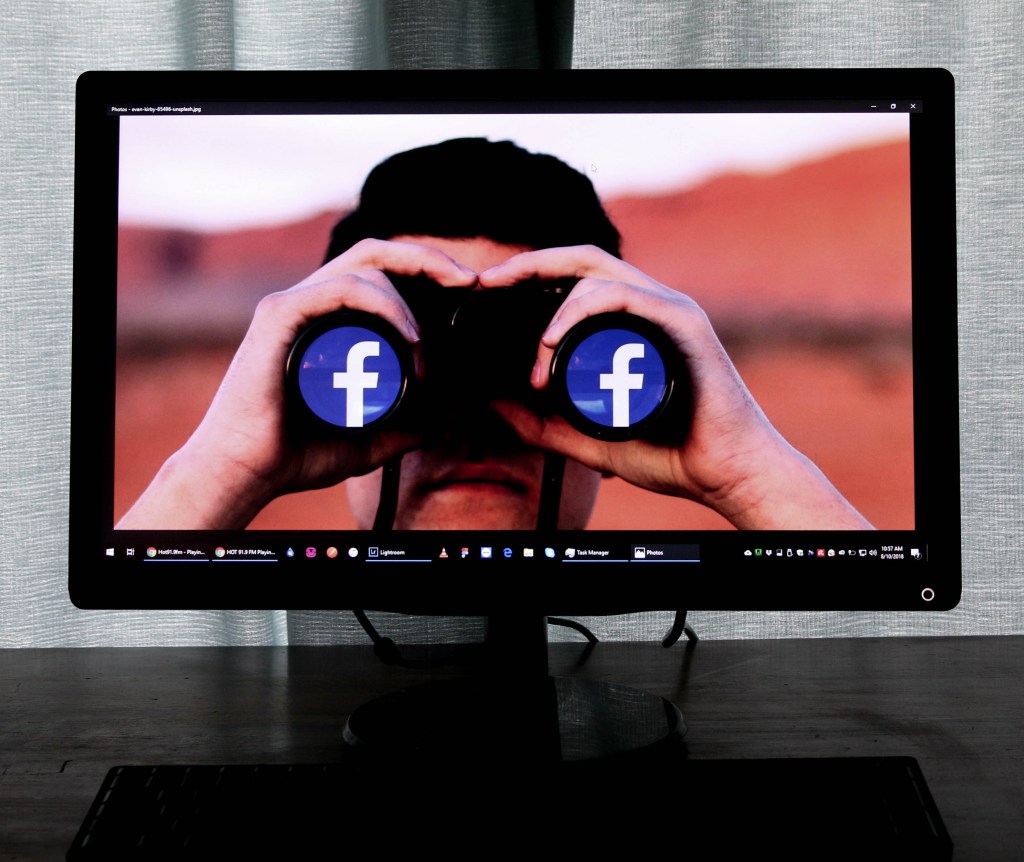I am a believer in the idea that, for developing proficiency in an undertaking, consistency is more importat than what you do on any given day. It is true for workouts and it certainly holds true with meditation too. Exercises, whether physical or mental, need time to show beneficial effects and that requires patience and persistence on the part of the practitioner.
However, there comes a point where maybe what you’re doing, consistently, might need to increase in order to enable you to progress.

When I started out with meditation, I had very little guidance outside that from the Calm app on my phone. The curated daily meditations there lasted about 10 minutes, so that’s how long I meditated. I did so ever single day, true to my perfectionist nature. I earned a gold star for consistency.
At that time, my life was in turmoil–I was only a few weeks out from a cancer diagnosis. Meditation helped me breathe through the early sleepless hours of the morning, when I would wake, feeling frightened, alone and angry.
But it wasn’t until almost a year later, when I started the Mindfulness-Based Stress Management (MBSR) course originally developed at the UMass Medical Center, that I learned how much meditation could do for me. Our “homework” was 45-60 minutes of meditation a day, no joke when you’re used to 10-minute stints.
But during that time, something unexpected happened. As I meditated, somewhere around the 20-30 minute mark, I felt myself settling in and releasing. This, for a bundle of nerves like me, was a novel experience. I don’t think I could have gotten that with 10 minutes a day. But a glorious hour? It was transformative.

Giving myself permission to simply BE for the entire length of time was not easy. There was guilt involved in being “unproductive” for so long, not to mention the difficulty of dealing with intrusive thoughts. But once my monkey mind accepted the fact that all I was going to do for the entire hour was feel into my breath or pay attention to bodily sensations, it started settling down, gifting me with a stillness that I hadn’t experienced during the shorter meditations.
It was the most soothing act of self-care that I had ever allowed myself to do.
So right now I want to clear the air of the “never good enough” idea, by which I mean the concept of, “Oh, you’re only meditating for 10 minutes? You should be doing it longer.” That is a total motivation killer and goes completely against the acceptance that mindfulness teaches. And that’s not what I’m suggesting at all.
There are great benefits to short meditation stints, one of which being that when you “drop and give 2 minutes” of deep breathing, or however else you choose to express your mindful self, you are actually doing a great job of integrating mindfulness into your everyday experience. Remembering to ground yourself in the middle of a hectic moment allows for a respite from the busyness of the day and helps build a mindful life.
But if you find yourself with extra time, such as a day of travel (where you’re the passenger!) or a prolonged sit in a waiting room–jury duty, anyone?–or even the decision to turn off the electronics and retire to bed early, it is well worth giving yourself a nice chunk of extended time to engage in the self-care of turning inward and being still.
~~~~~~~~~~~~~~~~~~~~~~~~~~~~~
Tip: If you’re not used to prolonged meditation sessions, start with an extended guided body scan meditation, readily available free online through YouTube, MBSR websites and apps such as Insight Timer, for a few examples. It will give your monkey mind enough to do so that your thoughts don’t completely wander off, and yet little enough so that you can feel completely into each body part.










